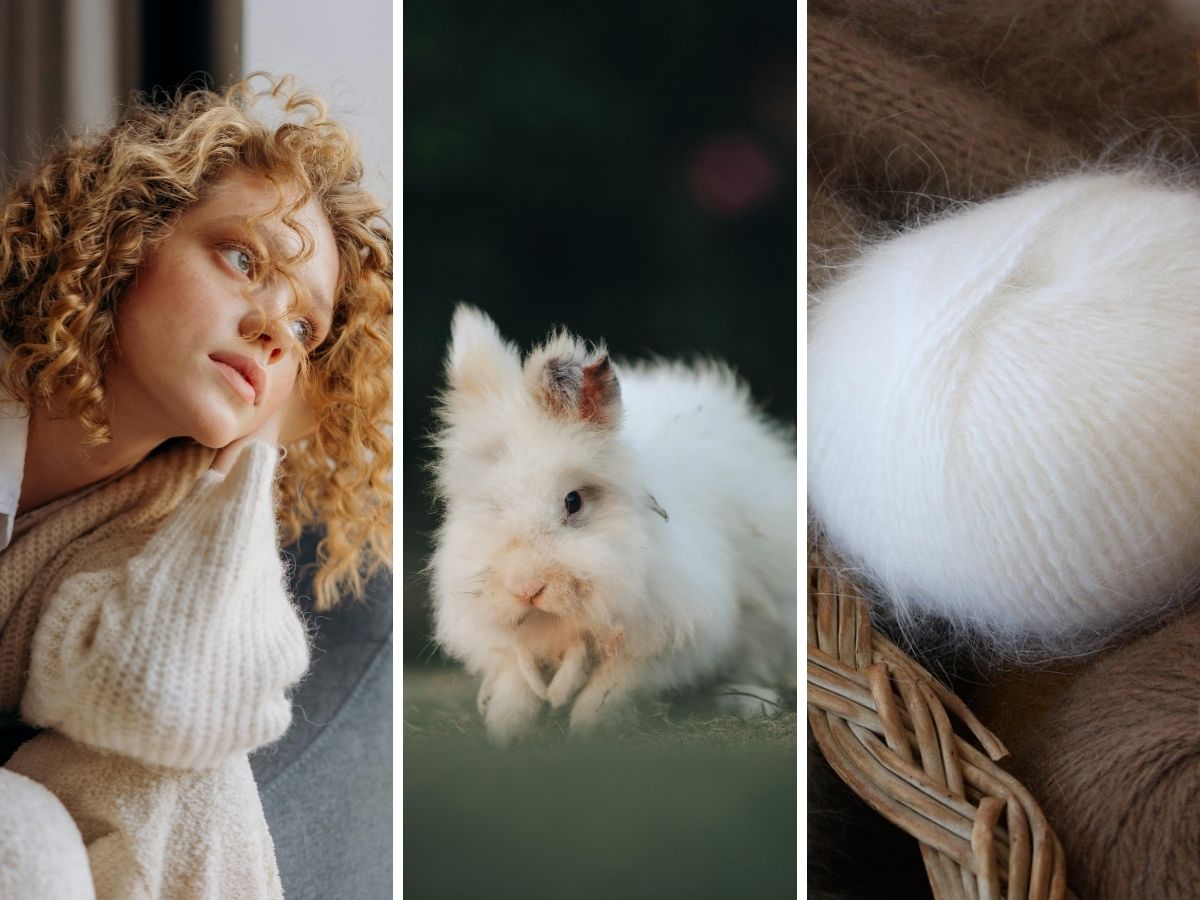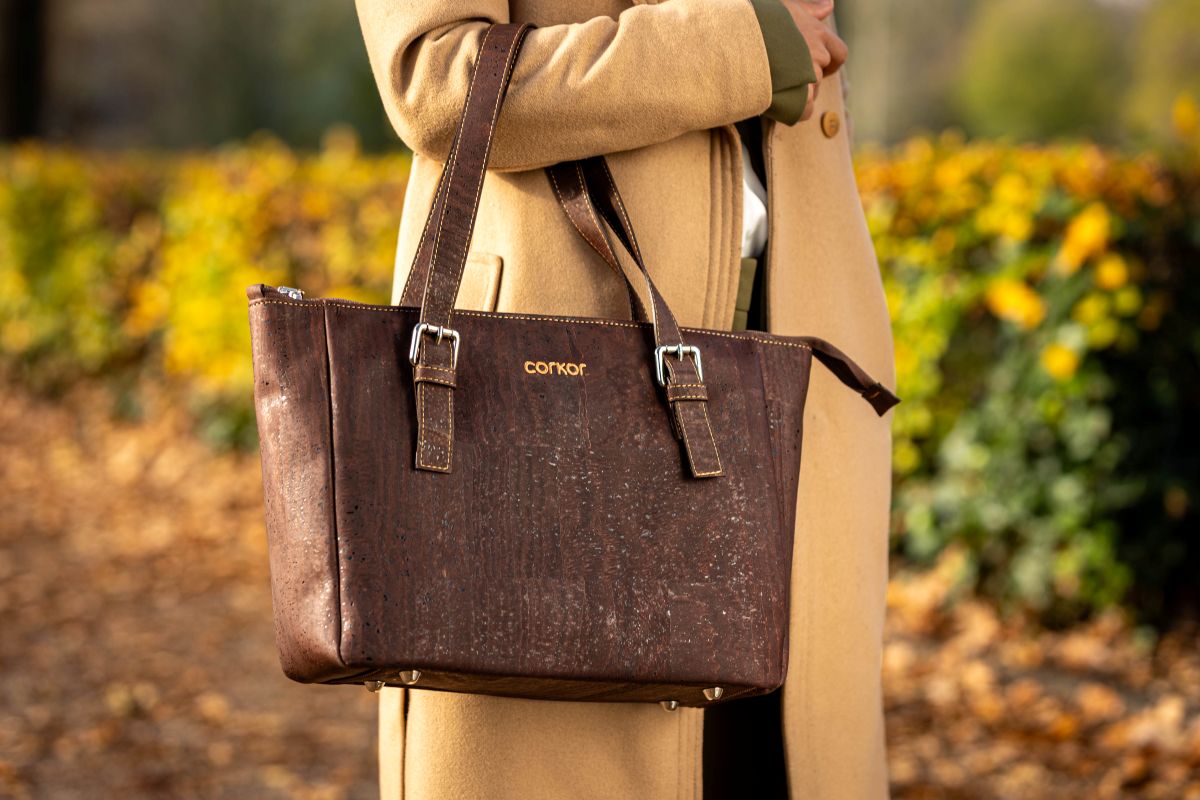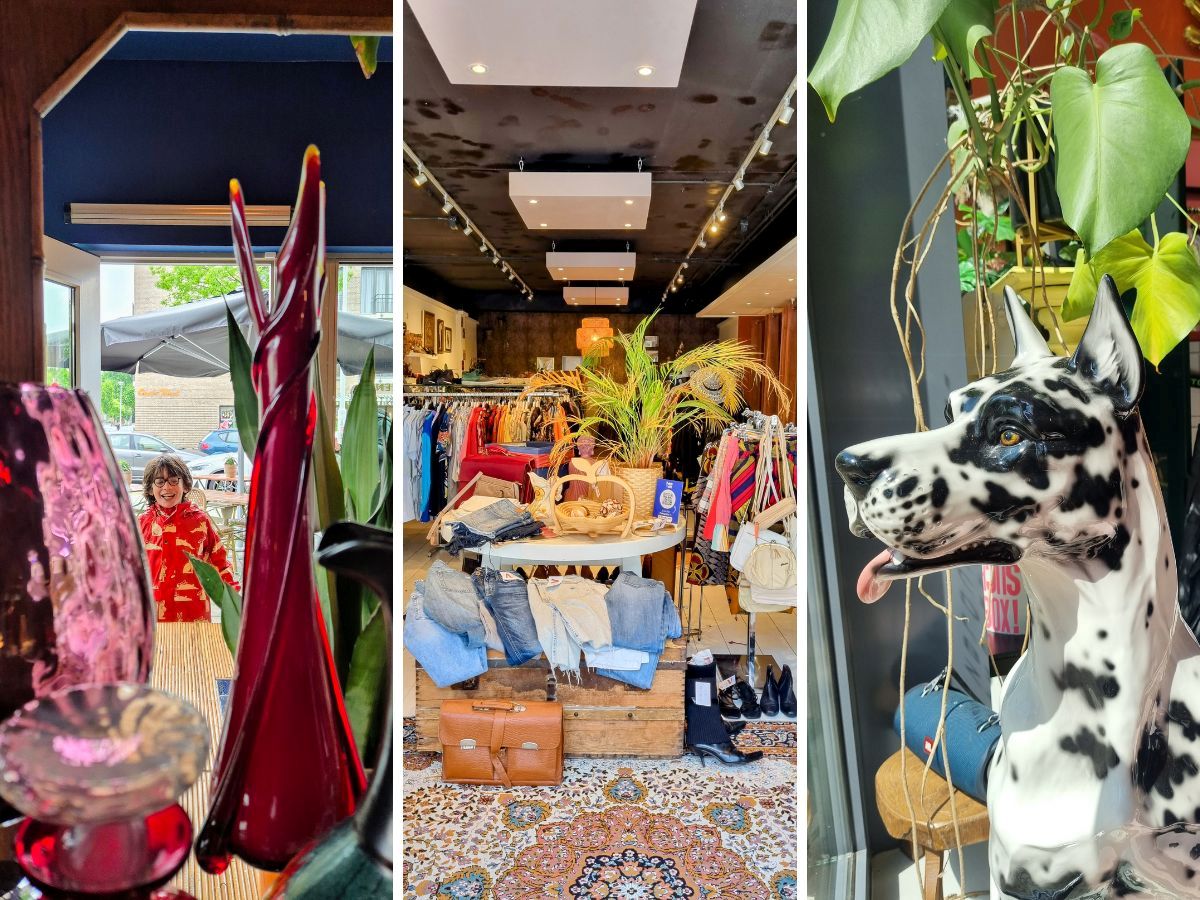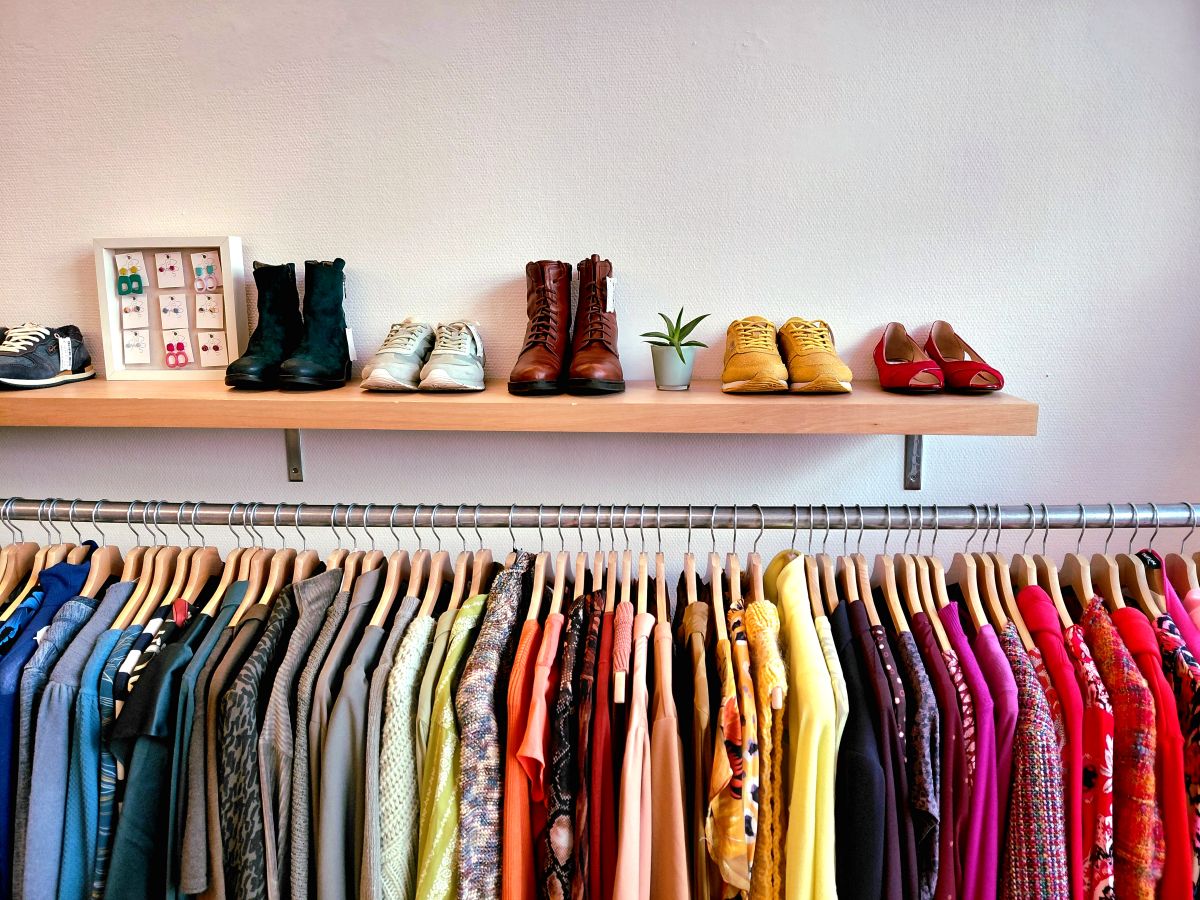Angora wool is super soft and wonderfully warm. No wonder so jumpers, hats, blankets and even underwear are made from it. Or ‘were’ we should say. Because angora wool from rabbits has become so discredited that it is almost no longer used in garments. Nice! Still, you do occasionally come across it second-hand. And while we are normally big fans of giving clothes a second life, we think that wool from angora rabbits is a fashion statement that really can't be done anymore. Not even second-hand. What you don't see when you hold that soft piece of textile in your hand is how the angora rabbits - where that soft wool comes from - have been treated. And that is usually not so fluffy.
Where does angora wool come from?
Angora wool comes from the angora rabbit: a fluffy rabbit with extremely long and soft fur. By the way, to avoid confusion, angora wool is slightly different from the wool of the angora goat, which is called mohair. You can read more about that in our article on wool from angora goats. If you come across clothes made of ‘angora wool’ these days, it is usually made of mohair, i.e. goat hair. Or you might be misled by Chinese web shops that use it to underline the so-called luxury of their clothes. In reality, however, it is often 100% polyester. Pfiew... who would have thought we would ever be happy with that? But now back to rabbits, because the fabric does still circulate, including on the second-hand circuit. The fur of these cute creatures needs to be shorn about four times a year, and per rabbit this produces enough wool for one children's jumper a year. The fibres of angora wool are particularly hollow, which means they retain heat extra well, often even better than sheep's wool. Angora wool is super light and soft, making it ideal for clothing. Only the way this wool is extracted is often anything but soft.
The life of an angora rabbit
During our search for the origin of angora wool, we learned that some 90 per cent of angora wool worldwide comes from China. Animal rights organisation PETA took a look at nine angora farms there, whose wool ended up with well-known brands and retail chains. What they found was appalling. The rabbits were cooped up in tiny cages, badly treated and harshly plucked by hand while screaming in pain. Should you want to see it with your own eyes, then you can watch PETA's video here. Bald plucking is done out of financial interest: the hairs are then longer and the wool grows back more evenly. Sometimes the rabbits are clipped, which is less painful but often still done far too roughly - because time costs money. An angora rabbit can normally live about five to eight years, but in the industry they are often slaughtered after only two to five years, as the wool quality then declines, if not dying earlier due to poor handling.
Why do angora rabbits have such long hair?
Angora rabbits' fur is extremely long and, unlike other rabbit breeds, continues to grow. Even if the wool were not sold, angora rabbits still need to be shaved about every three months, otherwise they get too hot and can develop skin problems and other discomforts. In the wild, of course, this doesn't happen, but there they wouldn't have such long coats either. Angora rabbits are specially bred to produce a lot of wool. The rabbits whose wool is sold are usually cooped up alone in small pens, because the wool stays nicer that way. If they could all play and hop around outside, the wool would get dirty too quickly and fester. Well, we had already warned you that the story behind angora wool was anything but soft.


Angora wool is a fine material, but unfortunately it almost always involves animal suffering.
Is there any animal-friendly angora wool?
Is it possible to obtain angora rabbit wool in an animal-friendly way? Theoretically, yes. We imagine then that rabbits have plenty of space to graze and hop around nicely and that their wool is carefully clipped or shorn every now and then. The TV programme Keuringsdienst van Waarde dropped in this episode about angora wool see that things can be done differently. But how can you be sure that no animal suffering took place for that jumper you want to buy? Almost all angora wool comes from China and we have little oversight of what happens there. There is a certification for angora called Caregora, which was created by a German importer of angora wool (NATURFASERN michael dal grande). It is unclear how reliable this certification is. The question is also how much the wool would cost if the animals were really treated well. Probably few people are willing to pay this real price.
Less and less angora wool on the shelves
Although at thegreenlist.nl As big fans of second-hand, natural materials and the benefits of wool, we think angora wool is really out of the question. Unless you are 100% sure the rabbits have had a good life. But you don't get that guarantee. Fortunately, we are not the only ones who think this way. There may not yet be an official ban on angora wool in the Netherlands or the EU, but after animal rights organisation PETA exposed the abuses in the industry, more than 425 brands said they no longer use angora wool. And you notice it: you come across angora wool a lot less often, even in the second-hand circuit. To check whether it still turns up at popular Chinese webshops, we did a mini-search on SHEIN and TEMU. And yes, we came across ads mentioning angora wool. But if you click through and look closely at the material list, it mostly turns out to be ‘just’ polyester. We found one jumper with a small percentage of rabbit wool, but it was no longer for sale by now. Our conclusion? These webshops presumably use the word ‘angora’ mainly for their online findability. Fortunately, it seems they (almost) no longer actually incorporate it in their products. But stay alert and always check the material!
More sustainable tips from thegreenlist.nl
- Closer to home: why is there so little clothing made of Dutch sheep's wool?
- Wool from goats: how sustainable is cashmere?
- Wool with plastic? Read all about superwash and how to recognise it here.
Sources: Wed, Radar, OneWorld, Behindmycloset, PETA, Discover Natural Fibres Initiative, Tierschutzbund, Technische Universität Dresden, FOUR PFOTS. Photo credits: main image: left: Mikhail Nilov (Pexels), centre: Pealdesign (Pexels), right and angora jumper and yarn: waku (Pixabay).












